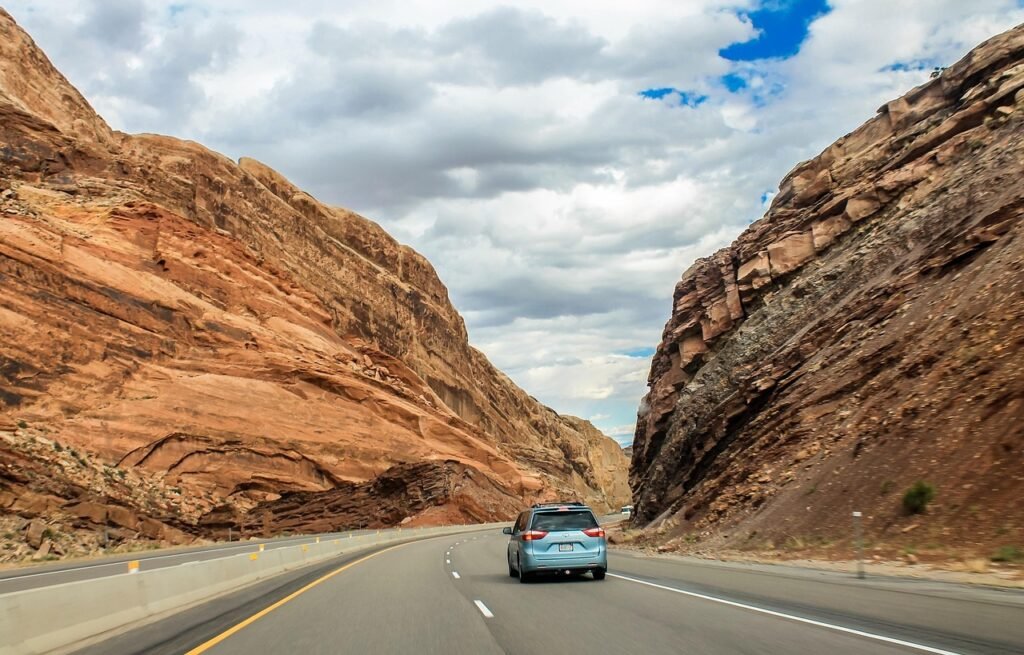
Majestic Utah National Parks Road Trip Adventure
Utah National Parks Road Trip: Your Complete Guide
A Utah national parks road trip is one of the most iconic journeys you can do in the U.S. If you dream of combining vast landscapes, dramatic geological formations, and unforgettable adventures, this national park road trip is for you. In this detailed guide, I’ll walk you through planning, routes, timing, tips, and stories all in simple, human language that feels like chatting with a travel friend.
This article is made for your GoSoloTrip site, focused on U.S. travel which helps you design your dream Utah national parks road trip in Utah.
“Hit the open road. Let red rocks and sweeping skies be your guide.”
Why Utah? What Makes This National Parks Road Trip Special
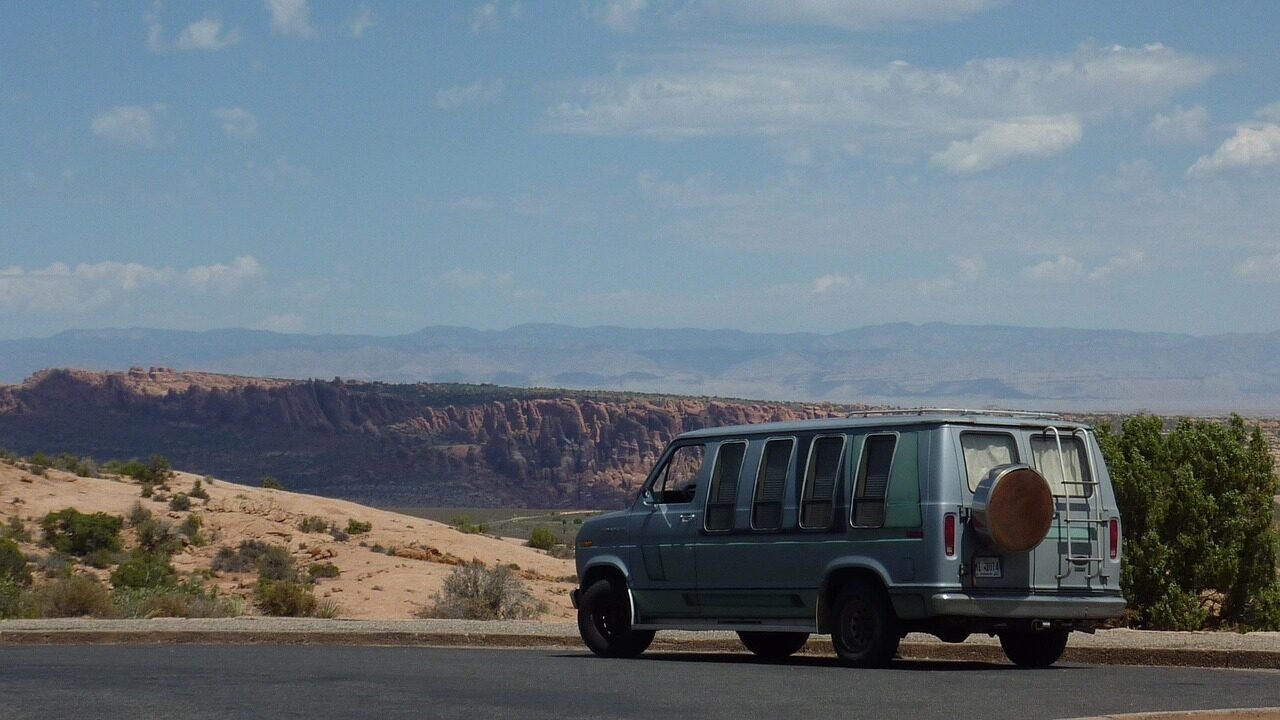
When you choose a Utah national parks road trip, you’re selecting depth and diversity in a compact range. Utah is unique because it hosts five top national parks known as the “Mighty 5” that are all within driving reach of each other. You can traverse arches, hoodoos, slot canyons, massive cliffs, and desert vistas all in one road journey.
Unlike a cross-country drive, this Utah national parks road trip keeps travel time manageable. You’ll spend more time in the parks and less time behind the wheel. For solo travelers or small groups, that balance is gold.
Also, Utah’s roads, visitor infrastructure, and tourism system are developed but not overrun especially if you plan smartly. This means you can still feel like an explorer rather than a tourist.Moreover, each park is dramatically different from the others. You’ll feel the contrast between Zion’s cliffs, Bryce’s hoodoos, Capitol Reef’s quiet folds, Arches’ spanned rock, Canyonlands’ vast canyons. That contrast is the magic of a national park road trip in Utah.
Best Time & Seasons for Utah Road Trip
Choosing when to travel is key for a good Utah national parks road trip. Here’s what to know:
Spring (April – May)
- Temperatures start warming, wildflowers bloom.
- Some higher trails may still have snow.
- Fewer crowds than summer.
Summer (June – August)
- Hot, especially in low-lying areas (Zion, Arches).
- Early morning hikes are safer than midday.
- Many visitors may require timed entries or reservations.
Fall (September – October)
- Arguably the best time: cooler weather, changing foliage in some areas, golden light.
- Less risk of snow (except in high elevations).
- A perfect window for a Utah national parks road trip.
Winter (November – March)
- Less crowded, some snow in Bryce and high roads.
- Some park roads or trails may close or be icy.
- If you love quiet, stark landscapes, winter can be special.
How Many Days Should You Allocate?
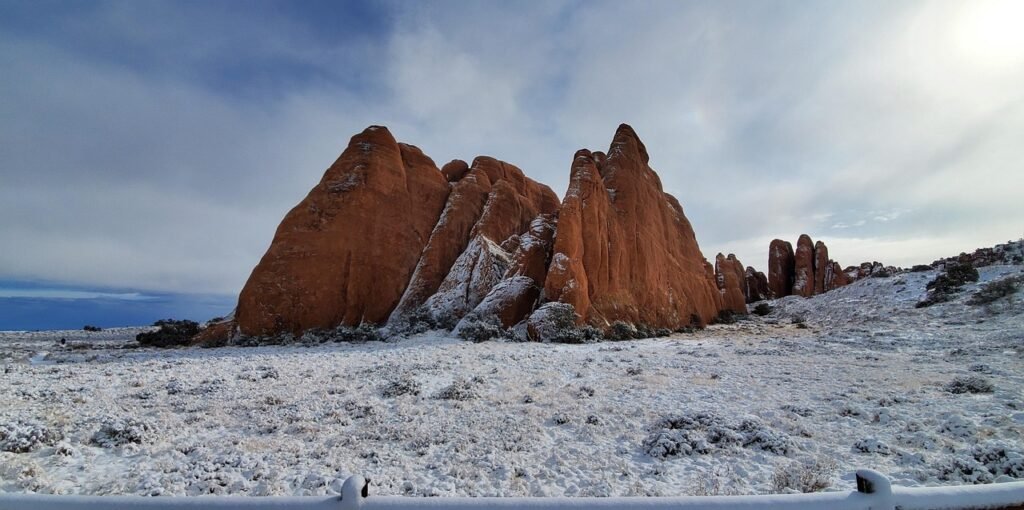
You could try to hit all 5 parks in 5 days, but you’ll be rushing. A better pace is 7 to 10 days. If you have more time (12–14 days), you can explore side gems, rest days, or deeper trails.
- 5 days: Quick blitz, maybe 3–4 parks, many long drives.
- 7 days: Comfortable pace to hit all Mighty 5 with limited buffer.
- 10 days: More breathing room, sleep in, explore side routes.
- 12–14 days: Immersion slow hikes, side trips into Grand Staircase, Escalante, etc.
Which Route to Choose: Loop, Out & Back, or Point-to-Point
You have several route patterns:
- Loop: Start & end in the same city (Salt Lake City, Las Vegas). Good for logistics.
- Out & Back: Go out to the parks, then return the same way. Simple.
- Point-to-Point: Start in one city, end in another (e.g. Las Vegas → Salt Lake City).
Loop and point-to-point are best for a national park road trip. You avoid retracing too much. For example, many choose Las Vegas → Zion → Bryce → Capitol Reef → Arches → Canyonlands → Salt Lake City.
Also, you can start in Salt Lake or Las Vegas depending on your entry flight and rental car deals.
The Mighty 5: Must-Visit Parks & Highlights
Here are Utah’s top five national parks, what to see in each, and how they fit into your Utah national parks road trip.
5.1 Zion National Park
- Cliffs and slot canyons dominate.
- Famous hikes: Angels Landing (permit needed), The Narrows (river walk), Observation Point.
- Drive the Zion–Mount Carmel Highway, through tunnels and switchbacks.
- The east side is quieter, more expansive.
- Best for dramatic vertical landscapes.
5.2 Bryce Canyon National Park
- Known for hoodoos spire-shaped rock columns.
- Popular viewpoints: Sunrise Point, Sunset Point, Inspiration Point.
- Hikes: Navajo Loop, Queens Garden.
- Bryce is higher elevation cooler, possibly snowing in late fall/winter.
5.3 Capitol Reef National Park
- Less visited, quieter.
- Scenic drive through Capitol Reef scenic road.
- Trails: Cassidy Arch (a beautiful arch named after Butch Cassidy)
- Fruit orchards in Fruita, a historic settlement.
5.4 Arches National Park
- One of the densest collections of natural arches in the world.
- Must see: Delicate Arch, Windows Section, Double Arch, Devil’s Garden.
- Some parts may require a timed entry reservation depending on season.
5.5 Canyonlands National Park
- Very vast. Divided into districts: Island in the Sky, Needles, Maze.
- Island in the Sky is easiest to access; Needles is more remote.
- Highlights: Mesa Arch, Grand View Point, White Rim Road (requires permit/4×4).
Use State Route 211 to reach the Needles district via Indian Creek Corridor Scenic Byway.
Scenic Drives, Side Routes & Hidden Gems
Part of the joy of a Utah national parks road trip is the roads themselves. Here are drives and side routes to include:
- Highway 12 (Scenic Byway 12) runs between Bryce and Capitol Reef, one of America’s most scenic roads.
- Zion–Mount Carmel Highway with tunnel and sweeping views.
- Capitol Reef Scenic Drive short but rewarding.
- Notom-Bullfrog Road (eastern side of Capitol Reef) rougher road, scenic interest.
- SR 211 / Indian Creek Corridor to Needles, via Newspaper Rock.
- Side detours: Grand Staircase-Escalante area, Goblin Valley, Kodachrome Basin. Many Utah road trip guides add these.
These roads let you slow down, spot wildlife, wander side washes, or just enjoy the ride.
Sample Itineraries (5, 7, 10, 14 Days)
5-Day Blitz
Day 1: Arrive (Las Vegas or Salt Lake) → Zion
Day 2: Zion → Bryce
Day 3: Bryce → Capitol Reef → drive toward Moab
Day 4: Arches + Canyonlands
Day 5: Return / exit
You’ll be driving a lot. Good for fast travelers.
7-Day Balanced Plan
Day 1: Arrive → Zion
Day 2: Zion
Day 3: Bryce
Day 4: Capitol Reef
Day 5: Arches
Day 6: Canyonlands
Day 7: Exit via Salt Lake
10-Day Immersive
Use 10 days to linger, rest, and include side trips. Add extra days at Zion or Arches, including Grand Staircase, or rest days.
14-Day Deep Dive
Add Escalante, San Rafael Swell, side hikes, off-trail exploring. This is ideal if time is not tight.
Planning Logistics: Cars, Permits, Passes, Bookings
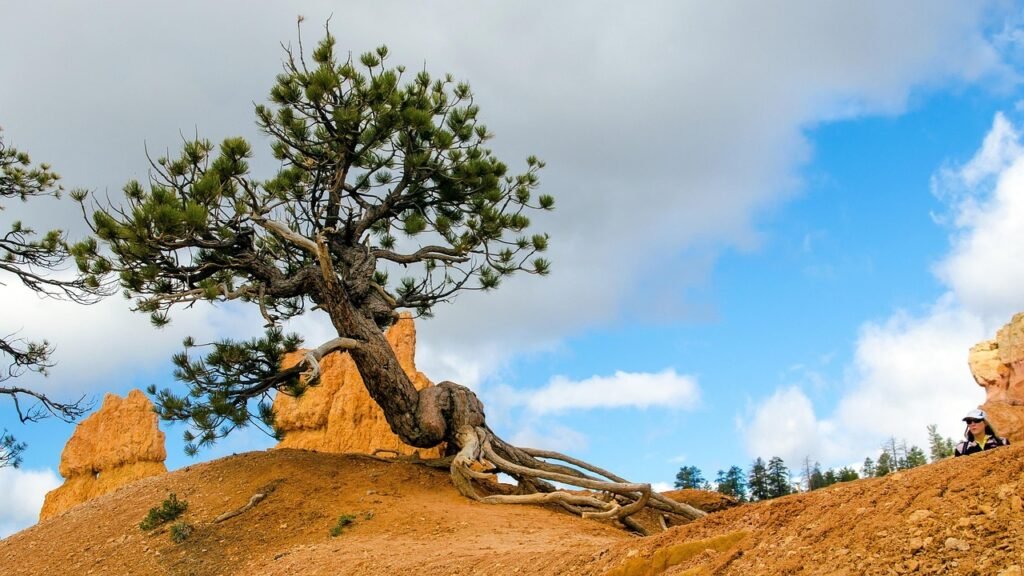
Rental Car / Vehicle
- A standard car works if you stay on paved roads.
- If you want to explore rough backroads, a 4×4 helps.
- One-way rentals (pick up in Las Vegas, drop in Salt Lake) are possible but may incur extra fees.
Permits & Reservations
- Some parks (like Zion’s Angels Landing) require permits via lottery or advance booking.
- Arches may have timed-entry requirements depending on the season.
- Book campsites or lodging well ahead, especially in summer/fall.
Passes & Fees
- The America the Beautiful Annual Pass (≈ US$80) covers entrance to all national parks.
- Otherwise, pay individual park entrance fees.
Lodging & Camping
- Mix lodging (motels, lodges) and camping.
- In park campgrounds, book ahead.
- In remote areas, lodging options are limited plan stops.
Timing & Buffer
- Allow buffer days for weather, rest, surprises.
- Drive times can be long aims for early starts or gradual drives.
Hiking Tips & Activity Ideas
- Don’t overdo it: plan 1–2 hikes per day (major + short).
- Use early mornings or late afternoons to avoid heat/crowds.
- Carry water, layers, sun protection.
- Try ranger programs if available they enrich experience.
- For slot canyons like The Narrows, check water levels.
- Use trail maps; not all cell service in parks.
Packing, Safety & Travel Tips
- Layers: desert days are hot, nights are cool.
- Footwear: sturdy hiking shoes or boots.
- Water: carry more than you think.
- Sun protection: hat, sunglasses, sunscreen.
- Navigation: GPS + paper map; cell signal often weak.
- First aid & tools: repair kit, flashlight, multipurpose tool.
- Vehicle prep: check tires, fluids, spare, gas.
- Leave no trace: pack out what you bring in.
- Weather check: storms or flash floods can block roads.
Day-by-Day Example (10-Day Plan)
Here’s a suggested 10-day utah national parks road trip:
| Day | Route / Focus | Highlights / Activities |
| Day 1 | Arrive → Zion | Drive in, short trails, orientation |
| Day 2 | Zion full day | Angels Landing (if permit), The Narrows, scenic drive |
| Day 3 | Zion → Bryce | Stop at viewpoints, moderate hikes |
| Day 4 | Bryce | Sunrise, hoodoos, trails like Navajo Loop |
| Day 5 | Bryce → Capitol Reef via Hwy 12 | Scenic byway, side stops |
| Day 6 | Capitol Reef | Cassidy Arch, Grand Wash, orchards |
| Day 7 | Capitol Reef → Arches | Drive cross state, relax evening |
| Day 8 | Arches | Delicate Arch, Windows, Devil’s Garden |
| Day 9 | Arches + Canyonlands | Combine both parks, Island in the Sky overlooks |
| Day 10 | Canyonlands → exit | Final hike, return to city, fly out |
Budget, Costs & Money Tips
- Entrance / park fees or pass
- Car rental & fuel (gas is pricey in remote areas)
- Lodging or campsite fees
- Food / groceries (eat some meals on the go)
- Permits or guided tour costs
- Miscellaneous (gear, fees, souvenirs)
To save: camp, carry your own food, use the park pass, book off-season.
Capturing the Moment: Photography Tips
- Early morning & late afternoon light (golden hour) = magic
- Use a wide angle lens for sweeping vistas
- Foreground interest (rocks, plants) adds depth
- Bring a tripod for night & low light
- In Bryce, capture hoodoos at sunrise/sunset
- Night sky & Milky Way are phenomenal in dark places
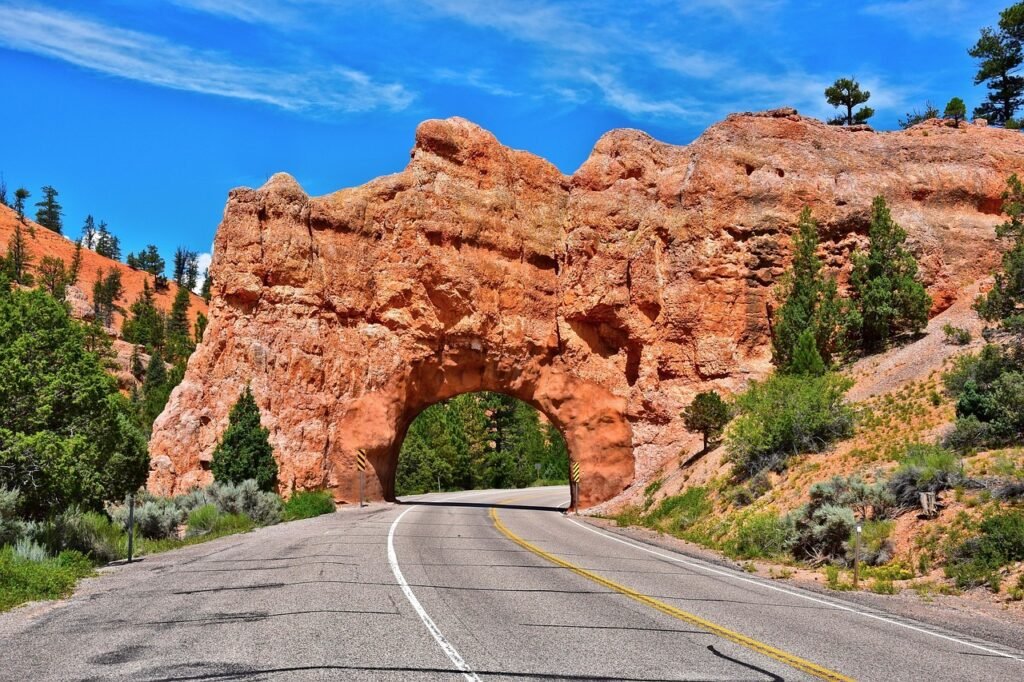
When to Slow Down, When to Move On
Part of mastering a Utah national parks road trip is knowing when to linger and when to push forward. If a viewpoint stops you pull over. If a hike thrills you, stay. If driving is wearing you down, schedule rest days or short drives.
Final Thoughts & Inspiration
A Utah national parks road trip is more than checking off parks, it’s about connection. It’s the hush in canyons, the quiet moment at sunrise, feeling dwarfed by stone giants, chasing light, breathing slow. For GoSoloTrip readers, this journey is a doorway to personal discovery and landscape magic.
FAQ – Utah National Parks Road Trip
Q1. How many days are ideal?
A 7–10 day utah national parks road trip lets you explore all five parks comfortably.
Q2. When is the best time to go?
Spring (April–May) and fall (Sep–Oct) are perfect for a national parks road trip with mild weather and fewer crowds.
Q3. Which route is best?
A loop from Las Vegas → Zion → Bryce → Capitol Reef → Arches → Canyonlands → Salt Lake City is ideal for a utah national parks road trip.
Q4. Do I need a park pass?
Yes, the America the Beautiful Pass covers all parks and is great for a multi-stop national park road trip.
Q5. What kind of car is recommended?
A standard car works for paved roads, but an SUV or 4×4 is better for side trails and remote areas on your utah national parks road trip.
Q6. What makes the Utah National Parks road trip unique?
The utah national parks road trip is special because it combines five distinct parks with stunning red rocks, arches, canyons, and cliffs — all within a short drive. Few places in the world offer such variety and accessibility, making it the ultimate national parks road trip in the USA.

